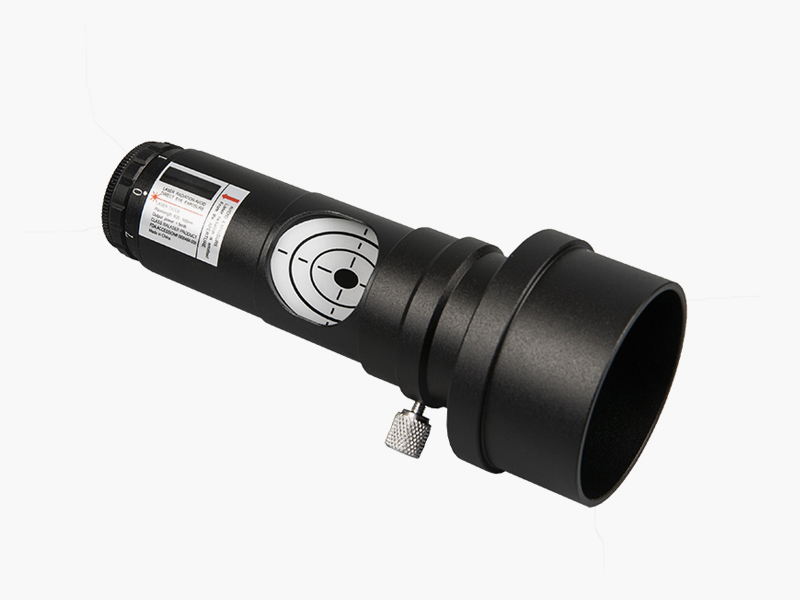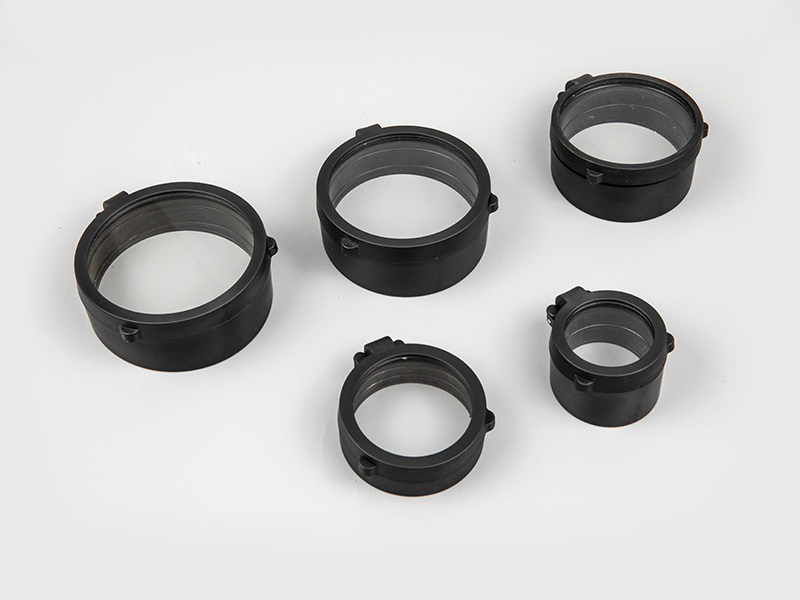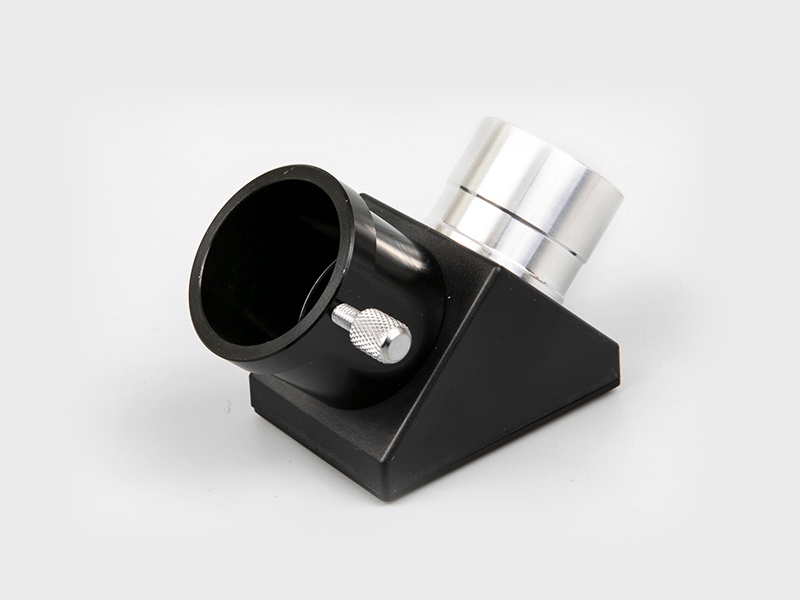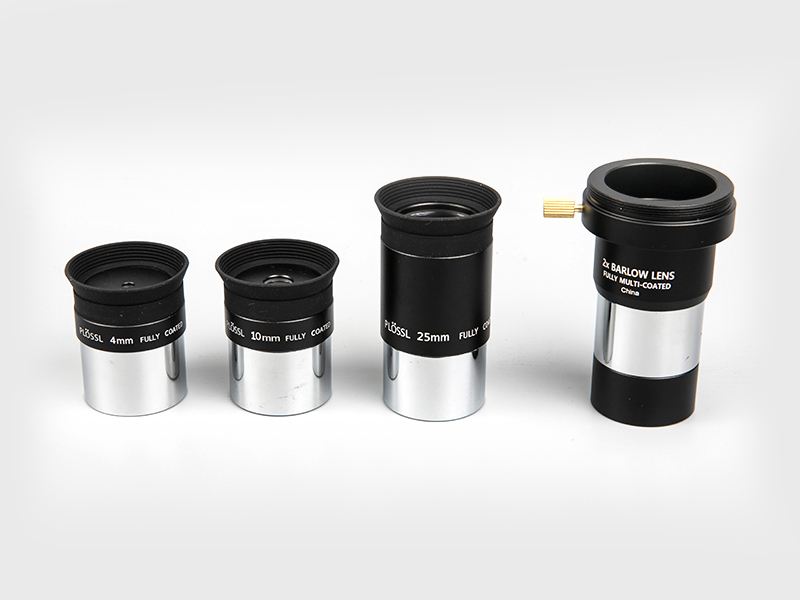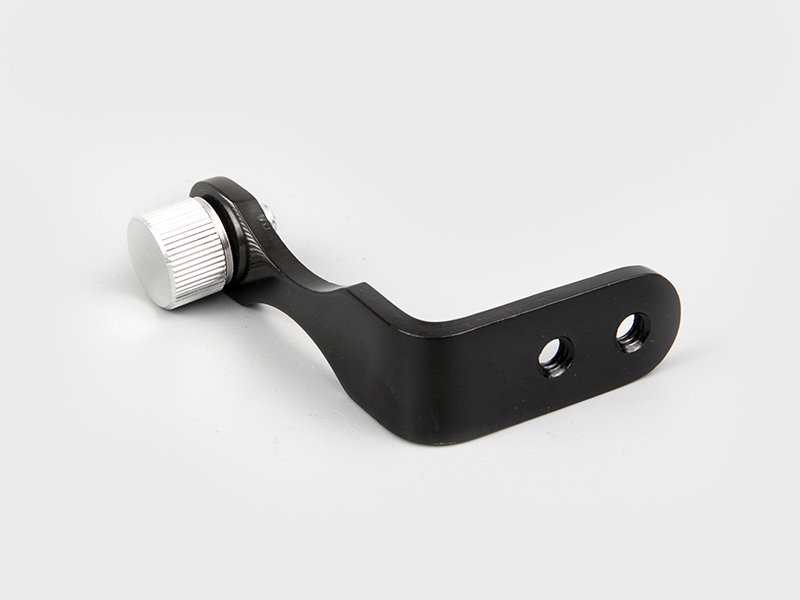If the telescope has an equatorial mount, the telescope's right ascension and declination axes must be balanced.
1. Adjust the optical axis of the primary mirror and the finder mirror to be parallel
After installing the telescope, first we choose a relatively large building target, such as a chimney, an outdoor unit of an air conditioner, etc. Don't worry about the finderscope, first select the eyepiece with a large F value equipped with the telescope and install it on the main mirror (usually 20mm or 8mm), and use the main mirror to slowly find the object you are looking at. Here is an example of a sign on an outdoor unit of an air conditioner , we choose large objects so that the primary mirror can be easily found.
2. Adjust the finderscope
The main mirror has fixed the image, let's adjust the finder mirror. Turn the three screws on the finderscope to adjust slowly, and try to adjust the image in the center of the main mirror to the center of the finderscope crosshair as much as possible. Be patient, this may be impatient.
When the optical axes of the two mirrors are parallel, we can observe all objects.
The specific operations are as follows:
After moving to the approximate position, first observe and aim through the finderscope, place the object to be observed in the middle of the cross of the finderscope (it is a rotating tripod, not the finderscope). You will find that the object to be observed honestly appears in the field of view of the primary mirror, and the focus will become clearer. This is because the optical axis is parallel.
There are generally two lens barrels on an astronomical telescope. The large one is the main mirror, which is used to observe the target; the small one is called the finder mirror, which is used to find the target, also called the sight. The eyepiece is a separate entity, and it is an item that determines the magnification. The eyepiece will have an F value, which is the focal length of the eyepiece. Divide the F value of the primary mirror by the F value of the currently used eyepiece, which is the current magnification.

 English
English 日本語
日本語 Deutsche
Deutsche España
España
